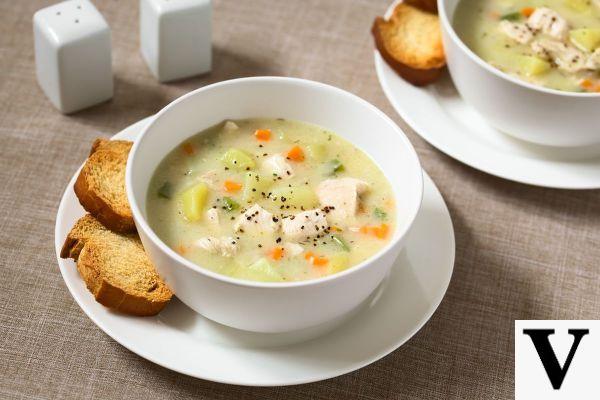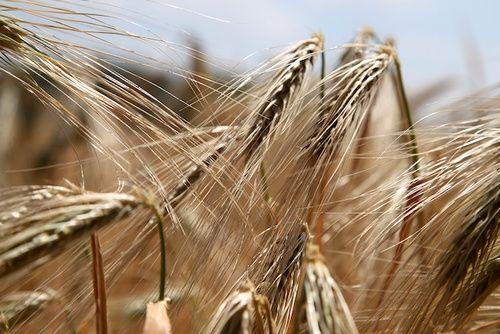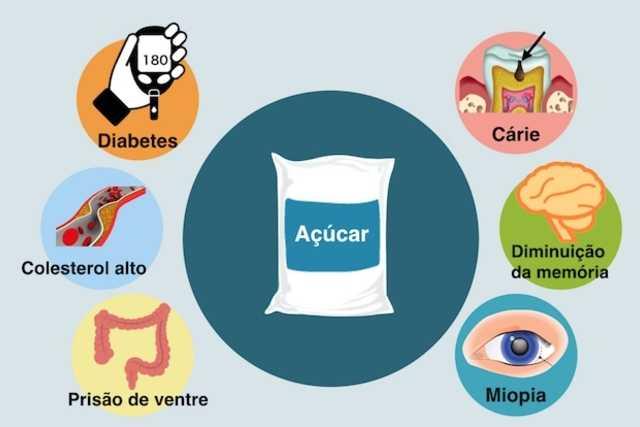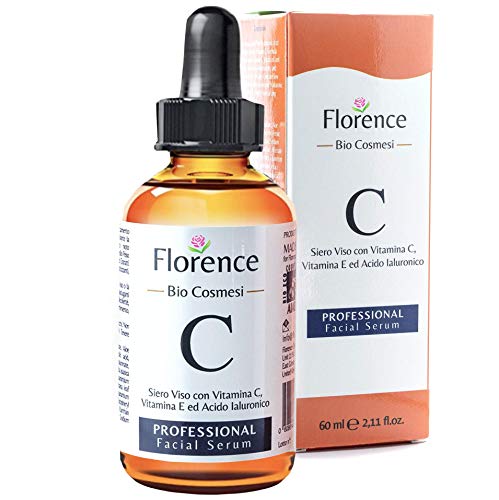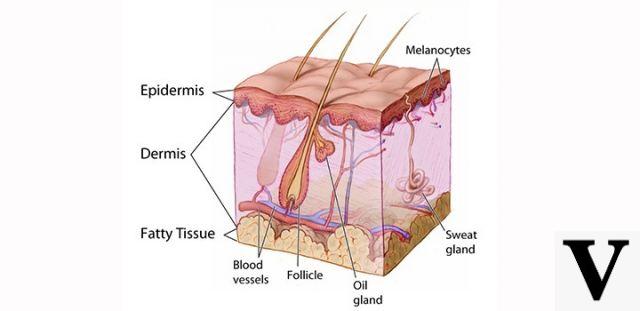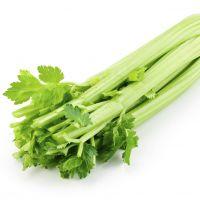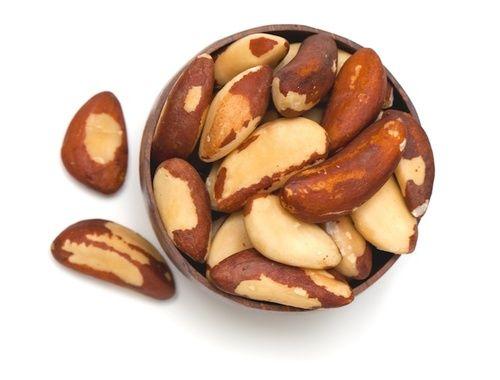
Introduction
The gluten-free or gluten-free diet still remains the only valid therapeutic tool in patients with celiac disease.
In recent years, the immunogenic characterization of gluten, the identification of intestinal syndromes characterized by an increased sensitivity to gluten and the appearance of new dietary fads, have led to an exponential increase in the number of non-celiac people subjected to gluten-free diets.
In this scenario, many athletes have also experienced the effects of a gluten-free diet on their skin, describing general improvements.
The literature, on the other hand, is still working on the scientific characterization of the possible results obtainable through a gluten-free diet in non-celiac subjects.
Gluten
Gluten is a protein macro-aggregate present in different cereals, including wheat, consisting of over 80% of proteins known as glutenins and prolamins.
Such proteins, in particular the gliadin, due to their particular three-dimensional conformation, they are responsible for the adverse immunological reactions typical of celiac patients. Immune hyperactivation in the intestine in fact causes progressive damage to the mucous membrane of the small intestine, with consequent atrophy of the villi.
The resulting symptomatology, albeit multifaceted, could lead to the onset of recurrent disorders, such as malabsorption, diarrhea, weight loss, crampy abdominal pain and growth failure in the pediatric population.
The gluten-free diet
As mentioned, the gluten-free diet represents, at the moment, the only valid therapeutic remedy for the celiac patient.
In fact, it has been shown that the total elimination of gluten from the diet of a celiac patient can easily lead to an improvement in the histological picture, reducing inflammation of the intestinal mucosa and promoting a better absorption profile of micronutrients, as well as a rapid regression of the complained symptoms. .
Considering the presence of gluten in some cereals, in order to achieve a gluten-free diet, it would be sufficient to avoid the consumption of wheat, rye, barley, triticale, kamut, malt, as well as flour and derivative products.
Fortunately, valid gluten-free substitutes can already be found in nature, such as corn, rice, sorghum, oats, millet, buckwheat, amaranth and quinoa, to which are added a series of products gluten-free industrial products, substitutes for pasta, bread and various bakery products.
Gluten-free bread
Problems with playing the video? Reload the video from youtube.
- Go to the Video Page
- Go to the Video Recipes Section
- Watch the video on youtube
All gluten-free video recipes for celiacs
On the other hand, no limitations exist regarding the consumption of unprocessed fruit, legumes, nuts, oils, vegetables and products of animal origin.
For this reason, a nutrition professional could develop, without any problem, nutritionally balanced gluten free diets, even for users with particularly high requirements such as athletes.
Advantages of a gluten-free diet in NON-celiacs
If the clinical improvements related to the elimination of gluten from the diet of celiac patients are clear and well characterized, the potential effects on the healthy population are still little known.
At the moment, a gluten-free diet would appear to:
- Improve symptoms such as abdominal swelling, recurrent in patients with irritable bowel syndrome;
- Improve the digestive profile, reducing digestion times;
- Reduce the risk of allergy and related syndromes in predisposed subjects;
- Improve the clinical course in the presence of some psychiatric manifestations.
There is even less evidence regarding the use of the gluten-free diet in sports.
If, from a strictly empirical point of view, some athletes describe an improvement in concentration skills and energy yield, and a generalized improvement in performance, the studies currently published highlight:
- A lower risk of exercise-induced anaphylaxis;
- No benefit on performance nor on the concentrations of inflammatory markers.
Conclusions
At the moment it is not yet possible to draw certain conclusions regarding the effectiveness of the gluten-free diet in sports.
The few published studies, in fact, seem to contradict the empirical observations made by many athletes.
Therefore, further work is awaited that can better clarify the usefulness and potential risks of a gluten-free diet in non-celiac subjects.
References
Gluten-free diet: imprudent dietary advice for the general population?
Gaesser GA, Angadi SS.
J Acad Nutr Diet. 2012 Sep;112(9):1330-3
A novel wheat gliadin as a cause of exercise-induced anaphylaxis.
Palosuo K, Alenius H, Varjonen E, Birch meadow M, Mikkola J, Keskinen H, Kalkkinen N, Reunala T.
J Allergy Clin Immunol. 1999 May;103(5 Pt 1):912-7
No Effects of a Short-Term Gluten-free Diet on Performance in Nonceliac Athletes.
Lis D, Stellingwerff T, Kitic CM, Ahuja KD, Fell J.
Med Sci Sports Exerc. 2015 May 1
Non coeliac gluten sensitivity - A new disease with gluten intolerance.
Czaja-Buls G.
Clin Nutr. 2015 Apr;34(2):189-94
Gluten-free diet and quality of life in celiac disease.
Samasca G, Sur G, Lupan I, Deleanu D.
Gastroenterol Hepatol Bed Bench. 2014 Summer;7(3):139-4




